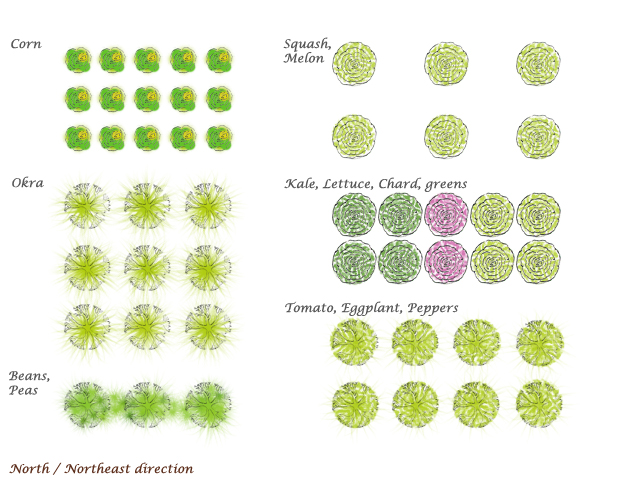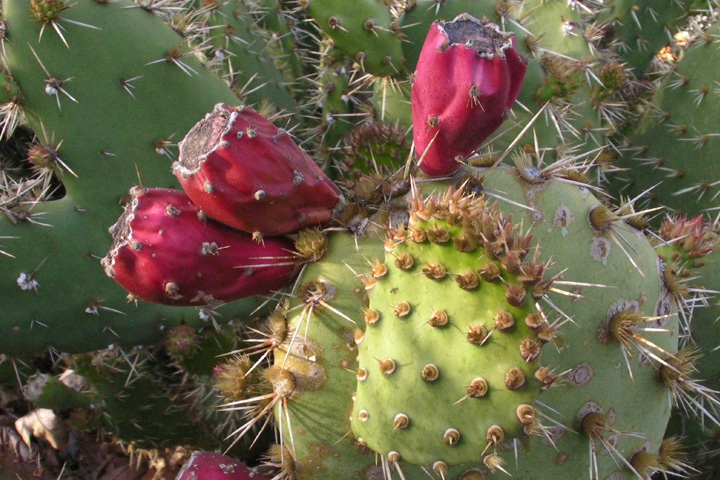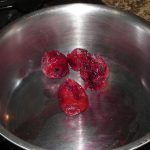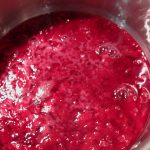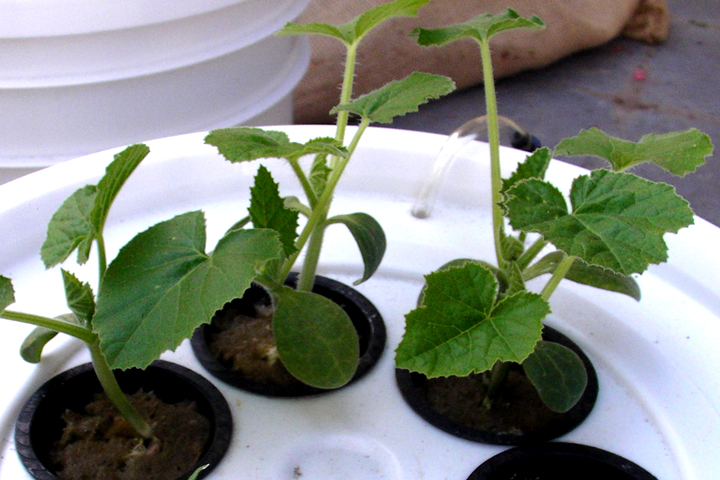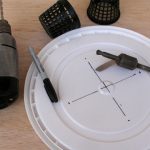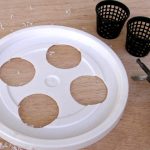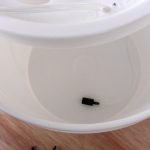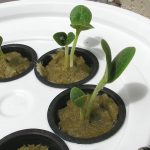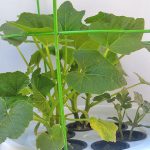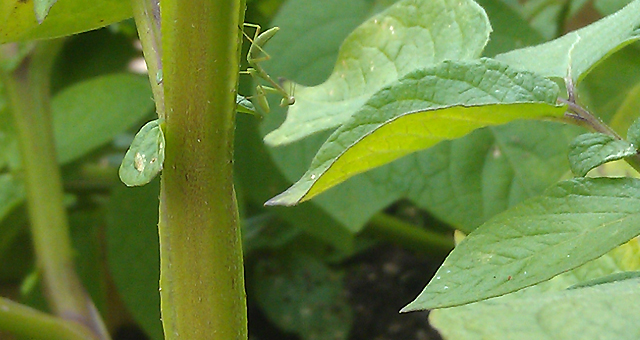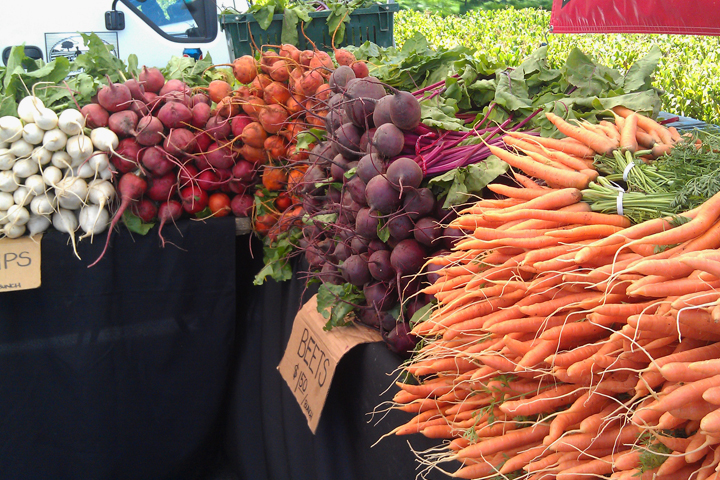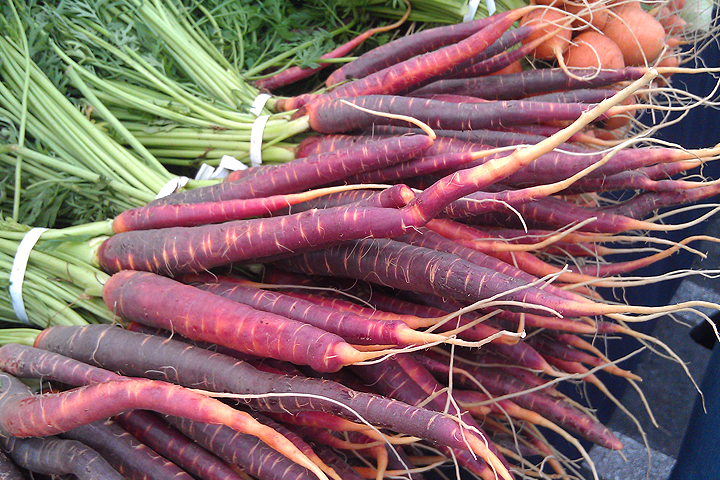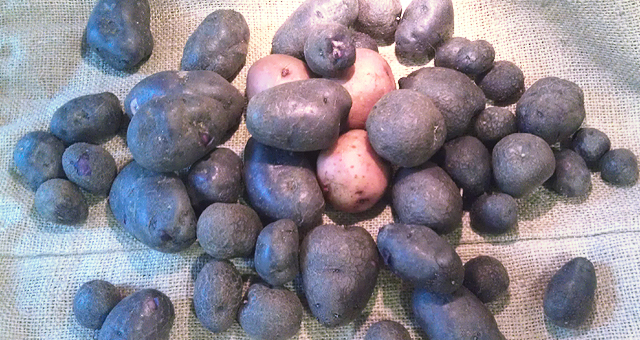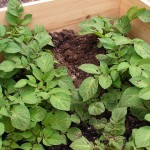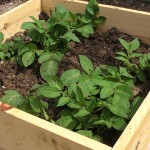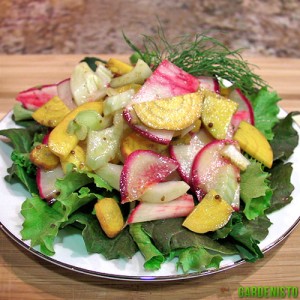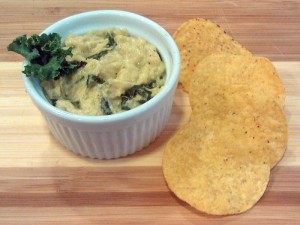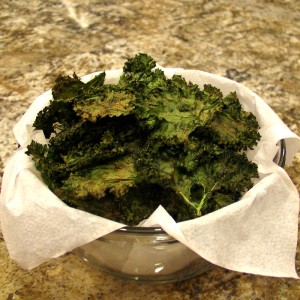Planning A Vegetable Garden
Planning a vegetable garden is easier than you might think. Whether or not a vegetable garden is productive, depends on how well space, sunlight, nutrition, and irrigation are used. Here is our basic guide to a productive garden.
Grouping Plants
Some vegetables like
Watering and Nutrition
Various vegetables have different watering needs. Make garden maintenance easy, by planting similar vegetables near each other. A typical grouping would be tomatoes, snap peas, tomatillo, eggplant, and peppers in one area, while squash, melons, cucumber, and pumpkins are planted near each other in another area of the garden.
Plants with similar nutrition needs should also be grouped. Plants grouped by watering, sun, and nutrition needs, make adding fertilizer, soil amendment, or compost to the garden easy.
Space Conservation
Squash, Melons, cucumbers, peas, beans, and other vegetables sprawl. Multiple vegetables planted too closely will compete for space, sun, water, and nutrition, and ultimately be less productive than a few less, but healthier plants
Use cages, trellis, and poles, to train sprawling plants like cucumber, zucchini, squash, peas, or green beans vertically.
Sun and Shade
Plants have different sun requirements. Place taller plants at the North or Northeast end of the garden, so they don’t shade other plants. In some places, it may be possible to use the shadow cast by taller plants, to the advantage of plants that need more shade.
